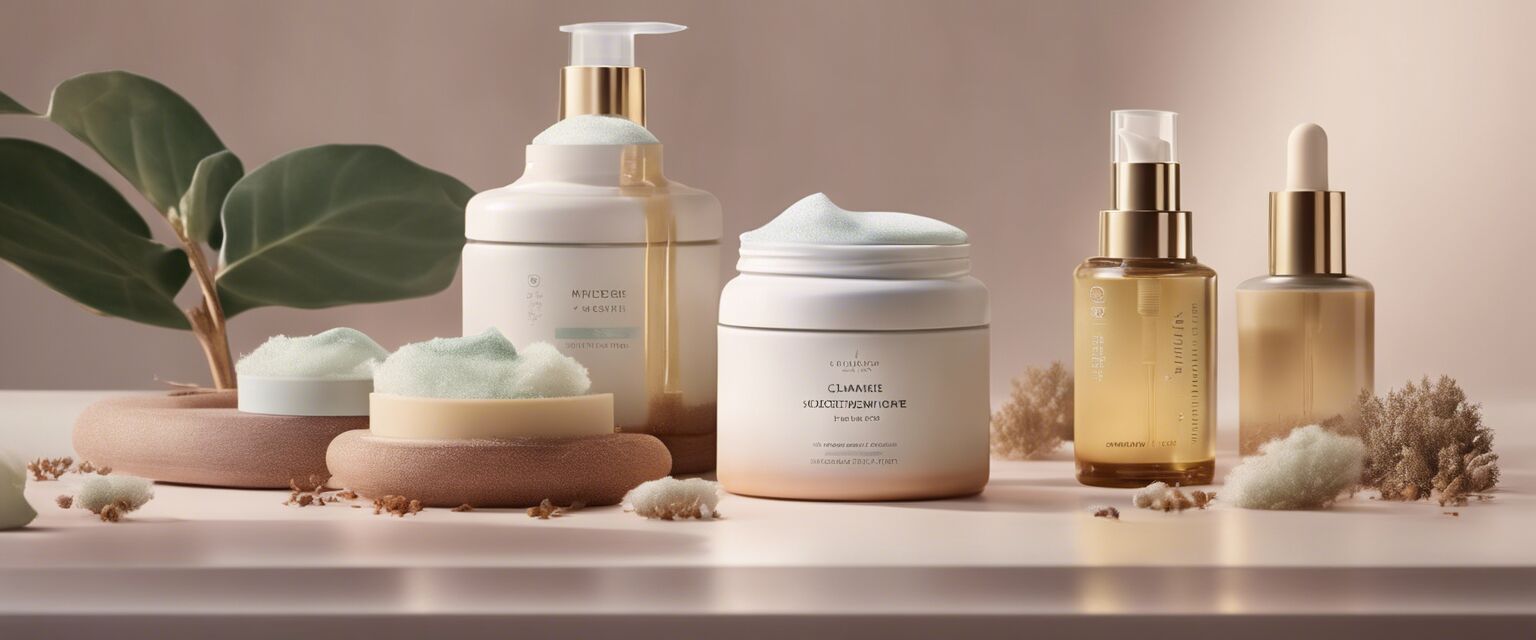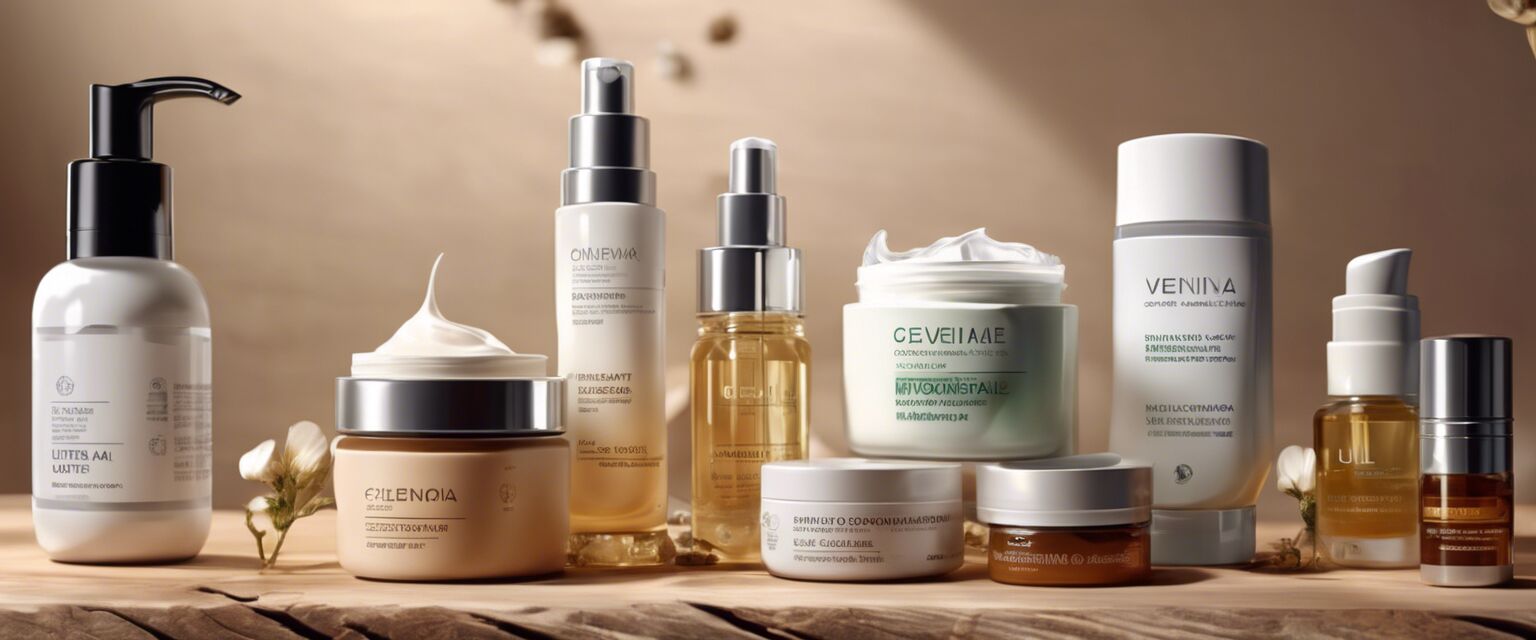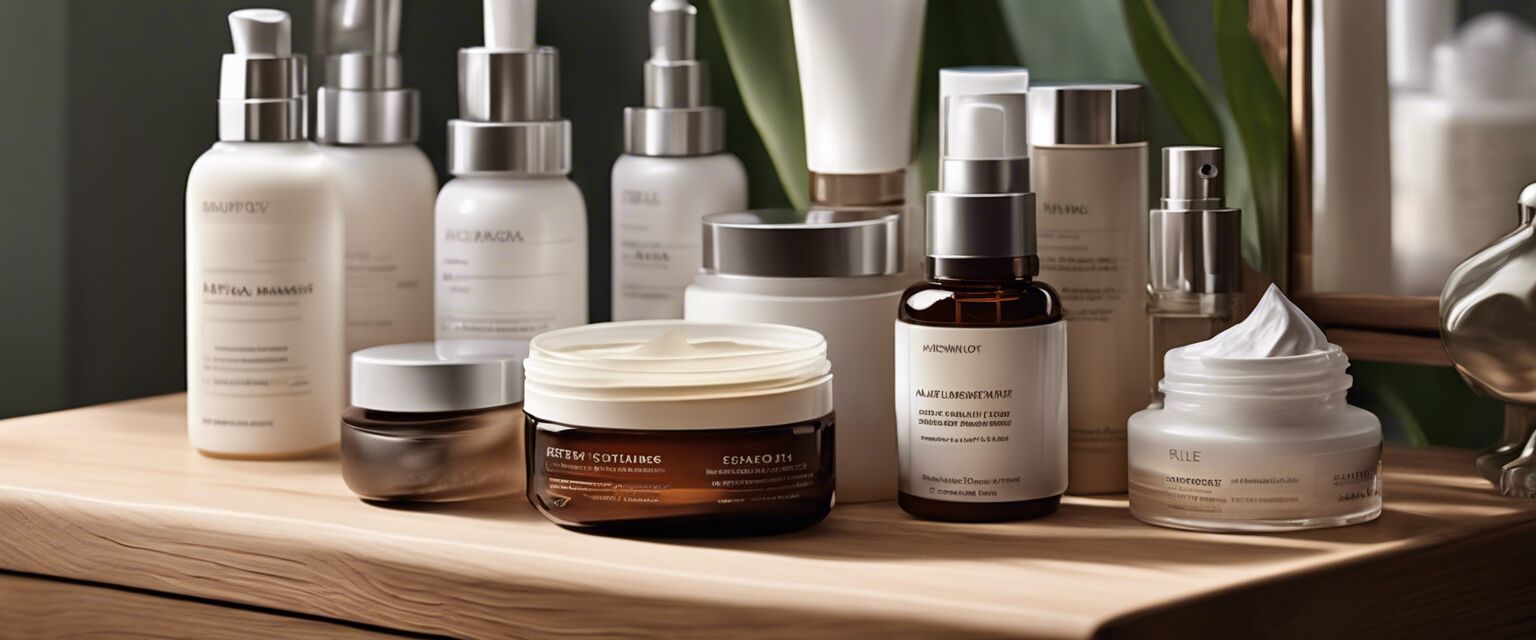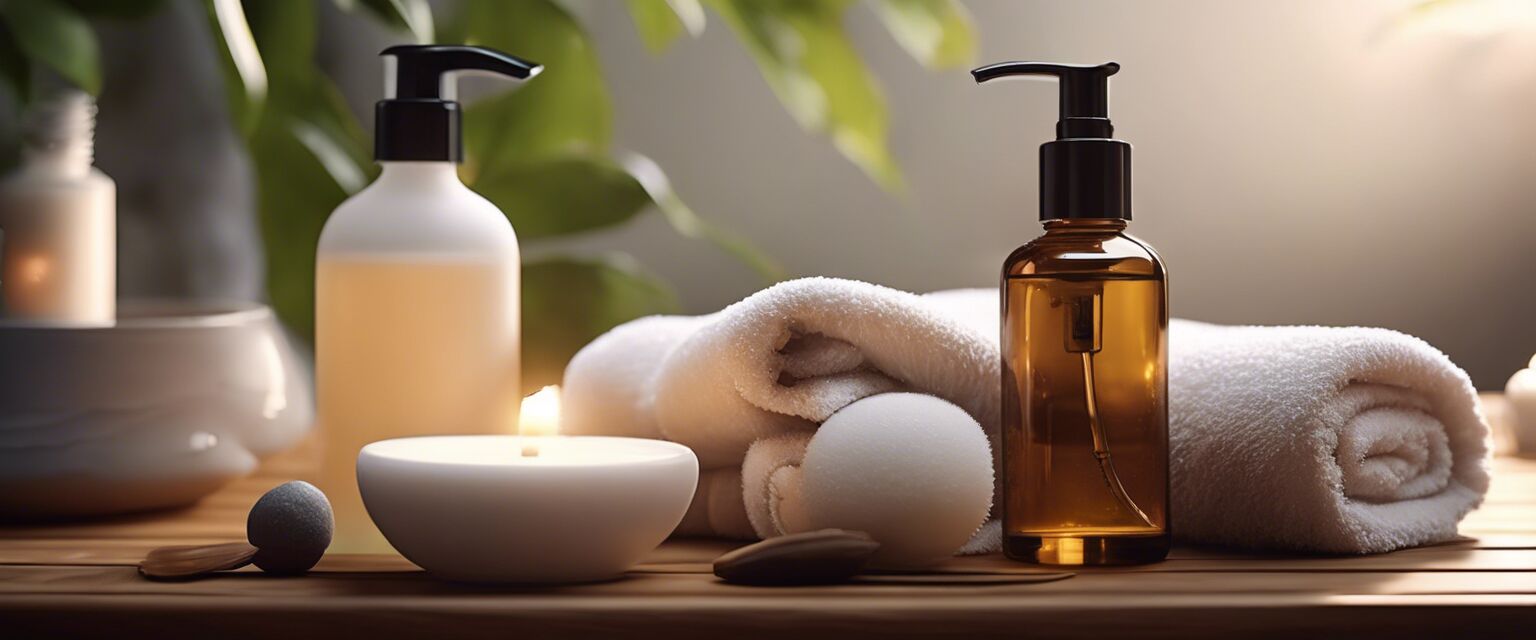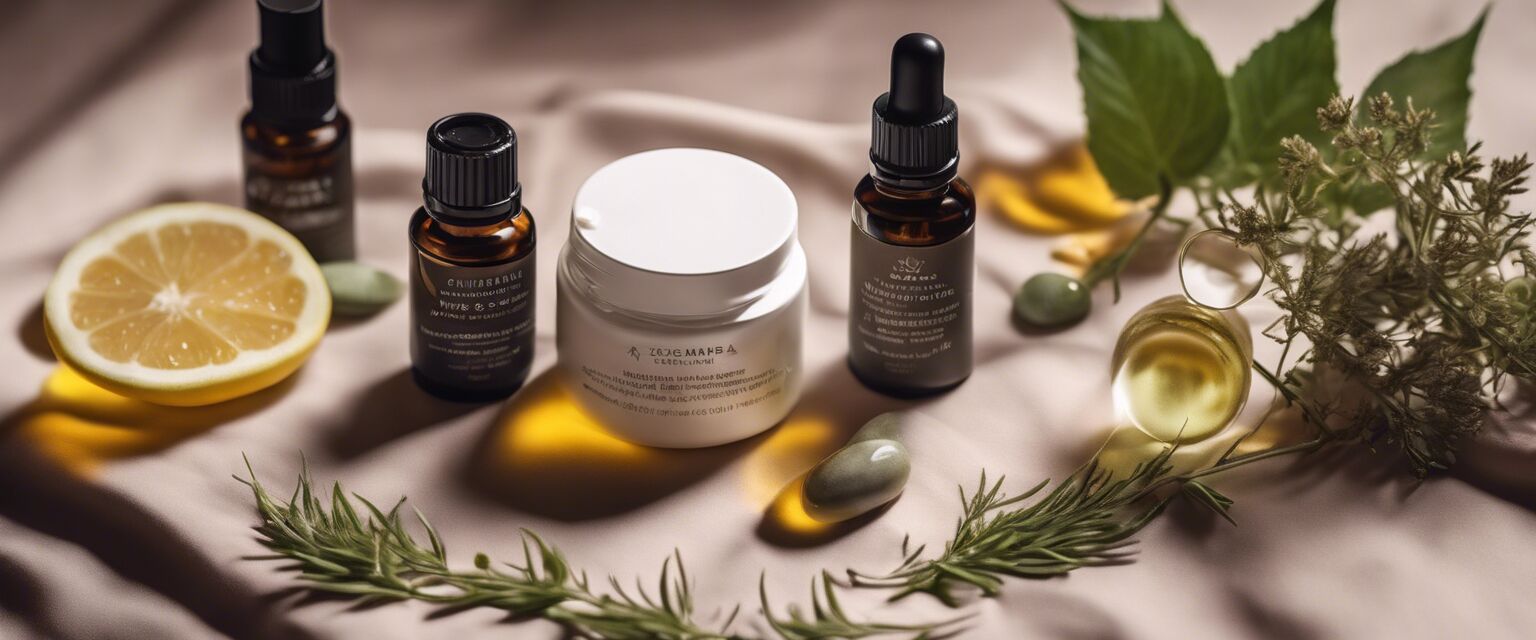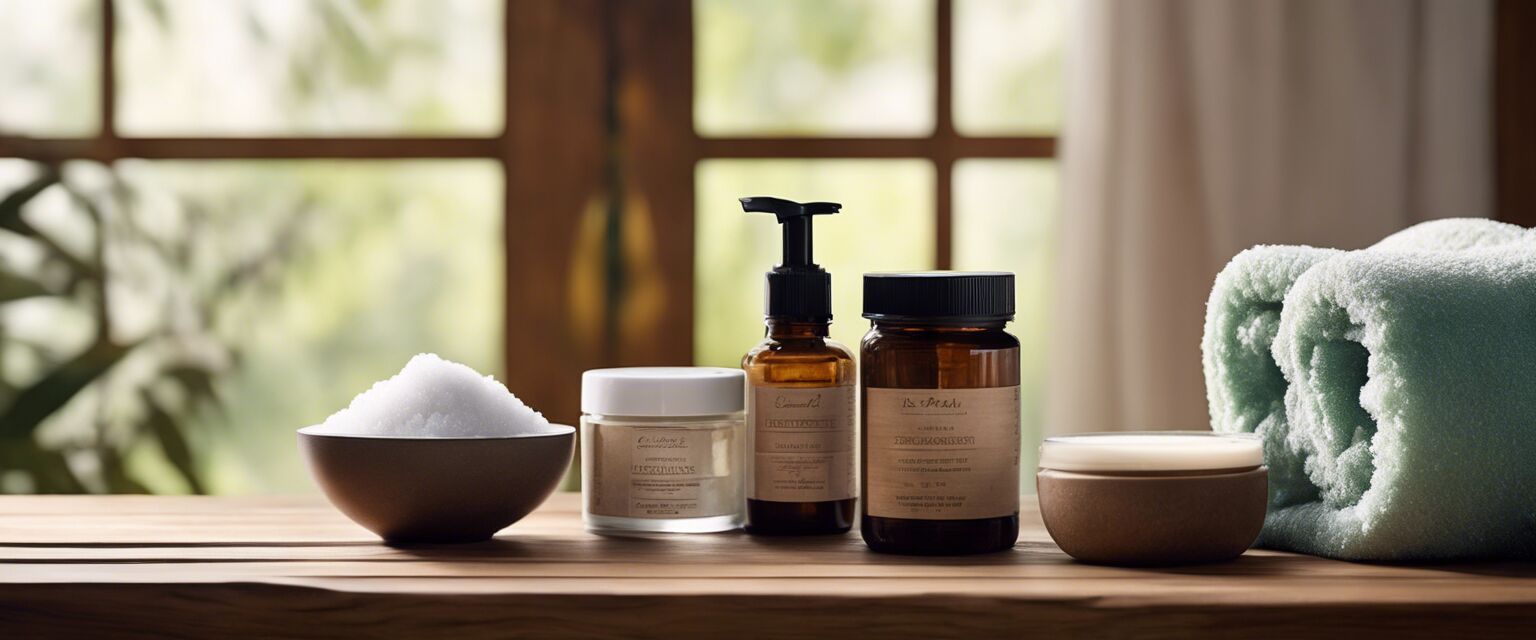
Exfoliation Techniques
Key Takeaways
- Exfoliation helps remove dead skin cells, promoting a smoother and brighter complexion.
- There are various techniques including physical, chemical, and enzymatic exfoliation.
- Choosing the right method depends on your skin type and sensitivity.
- Regular exfoliation can enhance the effectiveness of skin care products.
- Always follow up with moisturizing after exfoliation to maintain skin hydration.
Exfoliation is a vital part of any skincare routine. It involves the removal of dead skin cells from the surface of the skin, resulting in a smoother and more radiant appearance. In this article, we will explore different exfoliation techniques, the benefits of exfoliating, and how to choose the right method for your skin type.
What is exfoliation?
Exfoliation is the process of sloughing off dead skin cells to reveal newer, healthier skin underneath. This process can be achieved through various techniques, which we will delve into shortly. Regular exfoliation not only enhances the texture of your skin but also allows for better absorption of skincare products.
Types of exfoliation techniques
1. Physical exfoliation
Physical exfoliation involves manually scrubbing the skin to remove dead cells. This can be done using scrubs, brushes, or exfoliating pads.
Benefits of physical exfoliation
- Instant results with immediate smoothness.
- Improves blood circulation when massaged into the skin.
- A variety of products are available to suit different skin types.
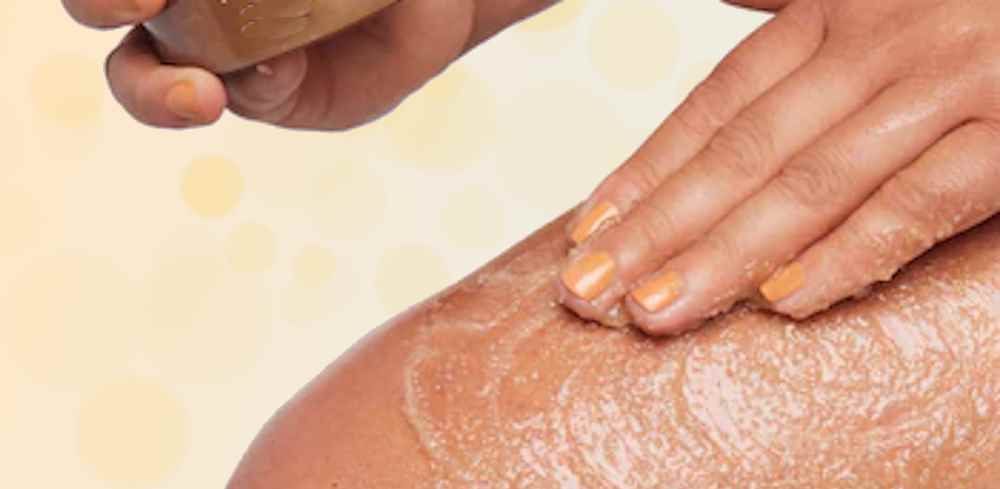
2. Chemical exfoliation
Chemical exfoliation uses acids or enzymes to break down dead skin cells. Common ingredients include AHAs (Alpha Hydroxy Acids) and BHAs (Beta Hydroxy Acids).
Benefits of chemical exfoliation
- Can penetrate deeper into the skin for more effective exfoliation.
- Less abrasive compared to physical methods.
- Helps with various skin concerns like acne and hyperpigmentation.
3. Enzymatic exfoliation
This method uses natural enzymes found in fruits such as papaya or pineapple to dissolve dead skin cells. It's a gentler option for sensitive skin.
Benefits of enzymatic exfoliation
- Gentle and ideal for sensitive skin types.
- Helps brighten the complexion naturally.
- Reduces the risk of irritation compared to other methods.
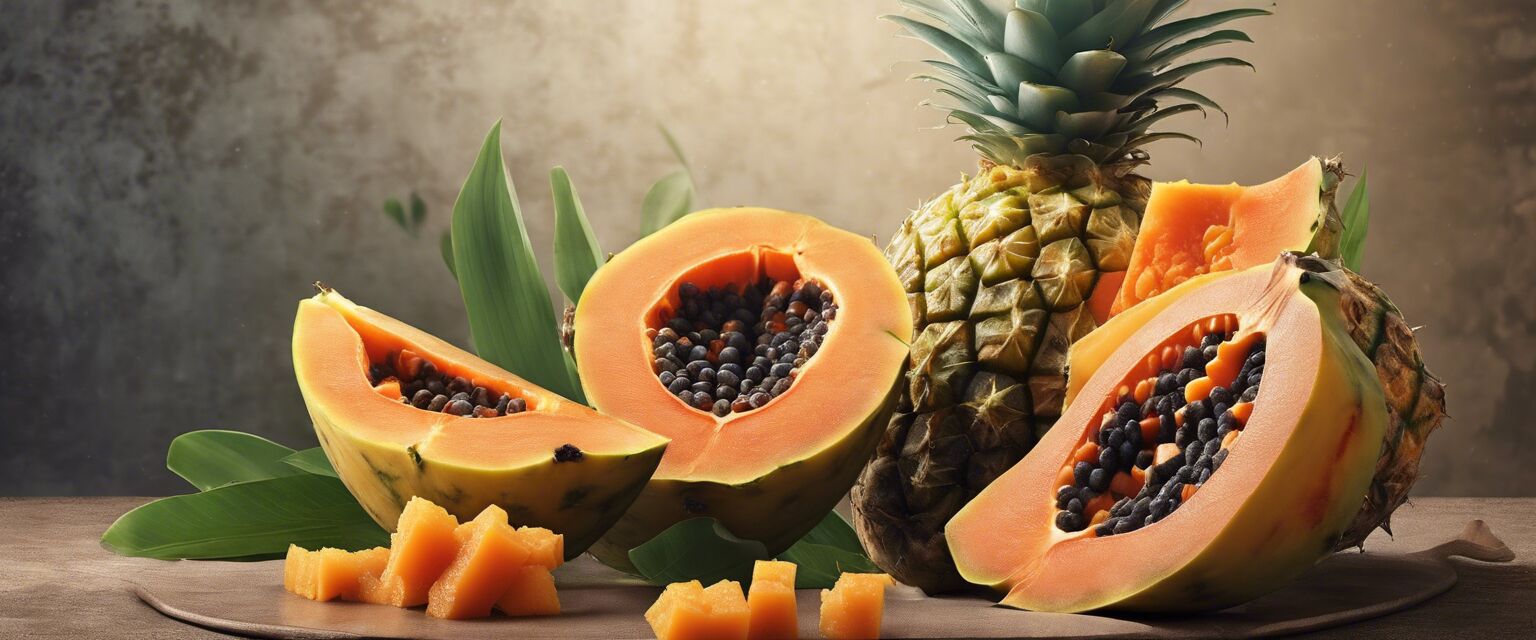
4. Microdermabrasion
Microdermabrasion is a professional treatment that uses tiny crystals to exfoliate the skin. It's more intensive and can provide dramatic results.
Benefits of microdermabrasion
- Removes several layers of dead skin in one session.
- Stimulates collagen production for firmer skin.
- Can improve the appearance of scars and fine lines.
5. Chemical peels
Chemical peels are stronger than regular chemical exfoliants and are typically performed in a professional setting. They can treat deeper skin issues.
Benefits of chemical peels
- Targets specific skin concerns effectively.
- Can improve skin texture and tone significantly.
- Helps in reducing the appearance of wrinkles and blemishes.
6. Gommage
Gommage is a French exfoliation method that involves applying a paste to the skin, which is then rubbed off to remove dead cells.
Benefits of gommage
- Non-abrasive and gentle on the skin.
- Can be done at home with DIY recipes.
- Leaves the skin feeling soft and refreshed.
7. Exfoliating gloves
Exfoliating gloves are a simple tool to enhance physical exfoliation. They can be used in the shower to scrub away dead skin.
Benefits of exfoliating gloves
- Easy to use and convenient for full-body exfoliation.
- Helps improve circulation and promote smoother skin.
- Reusable and can be washed easily.
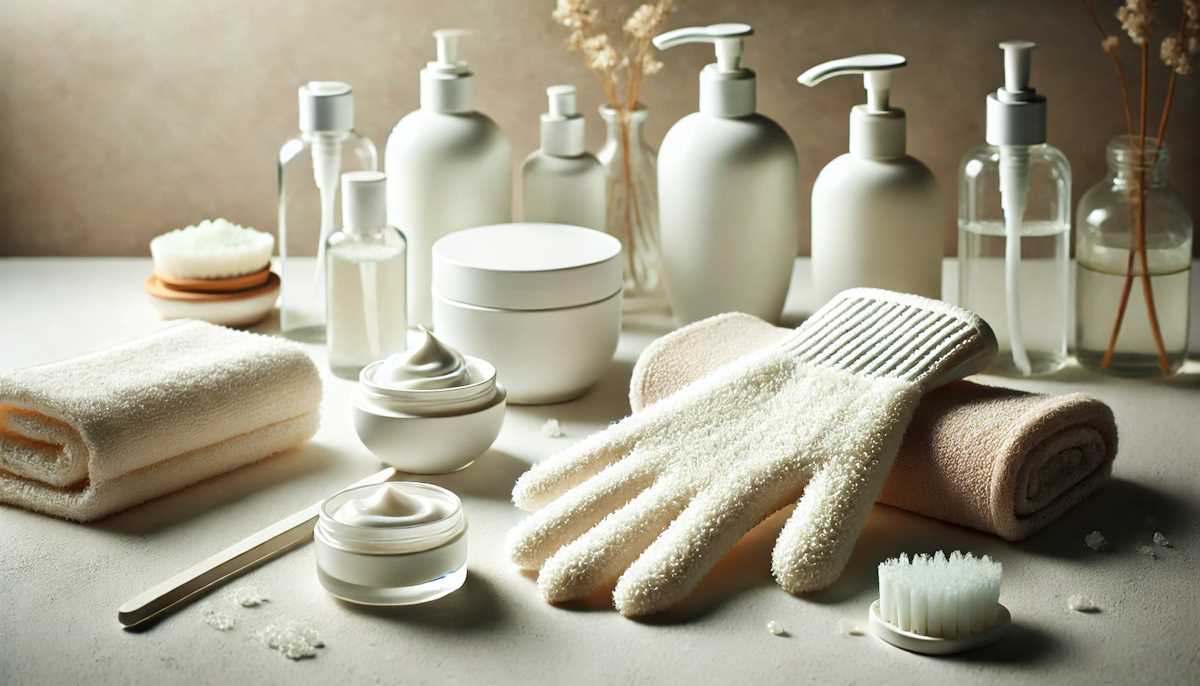
How to choose the right exfoliation technique
Choosing the right exfoliation technique depends on your skin type and individual needs. Here are some factors to consider:
| Skin Type | Recommended Exfoliation Technique | Notes |
|---|---|---|
| Sensitive | Enzymatic or gommage | Gentle methods are ideal to avoid irritation. |
| Oily/Acne-prone | Chemical exfoliation (BHAs) | Helps unclog pores and reduce breakouts. |
| Dry | Chemical exfoliation (AHAs) | Hydrating properties help improve skin texture. |
| Normal | Physical or chemical exfoliation | Both options work well; choose based on preference. |
Tips for effective exfoliation
Beginners Section
- Start slowly: Begin with exfoliating once a week.
- Follow with moisturizer: Always hydrate your skin after exfoliating.
- Patch test new products: Test on a small area first to check for reactions.
- Avoid over-exfoliating: Limit to 2-3 times a week to prevent irritation.
- Listen to your skin: Adjust frequency based on how your skin feels.
Conclusion
Exfoliation is a key step in maintaining healthy, radiant skin. By understanding the different techniques available, you can choose the method that best suits your skin type and goals. Remember to be gentle and consistent with your exfoliation routine for the best results.
Pros
- Improves skin texture and brightness.
- Enhances absorption of skincare products.
- Can help with acne and signs of aging.
- Variety of techniques to suit different skin types.
Cons
- Can cause irritation if overdone.
- Some methods may be too harsh for sensitive skin.
- Requires consistent routine for best results.
- Professional treatments can be costly.
Explore More
If you're interested in enhancing your skincare routine, check out our reviews on:

